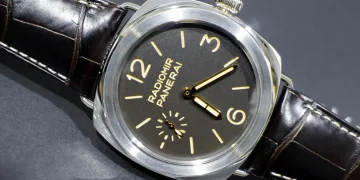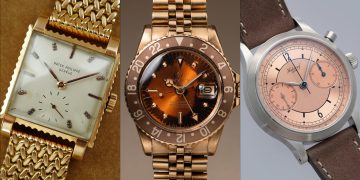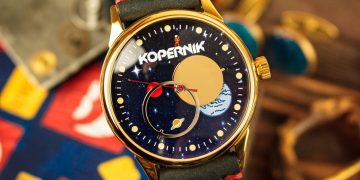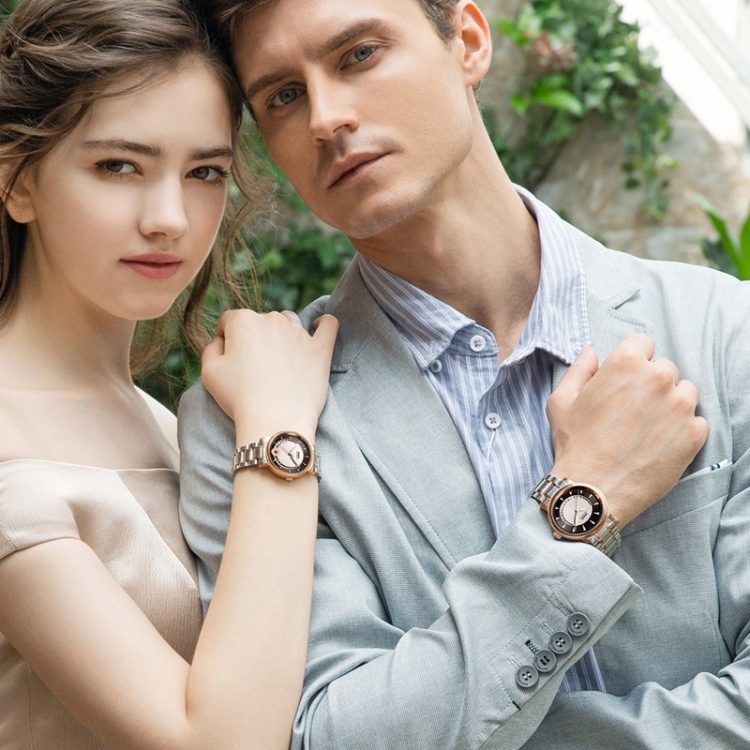Introduction:
When we think of a watch, we often associate it with more than just timekeeping. A watch can represent a symbol of personal style, a statement of luxury, and even an artistic expression. However, for many luxury watch brands, a timepiece is far more than just a functional accessory; it is a reflection of the brand’s cultural heritage, its values, and its history. The design of a watch—its aesthetic choices, materials, craftsmanship, and even its movement—can reveal a great deal about the traditions and principles that the brand holds dear.
In this article, we will explore how the design of a watch can indeed reflect the cultural heritage behind a brand. Do the intricate details, the use of specific materials, and the overall design choices made by watchmakers tell the story of the brand’s roots, beliefs, and traditions? Or do modern, innovative designs blur these connections, leaving the watch merely as a luxury object with no deeper significance? Let’s examine how cultural heritage influences the design of some of the most iconic watches in the world.
1. Cultural Heritage in the World of Watchmaking
1.1 The Legacy of Swiss Watchmaking
Swiss watchmaking is often viewed as the pinnacle of craftsmanship and tradition in horology. The country’s long history of watchmaking—dating back to the 16th century—has contributed significantly to the cultural heritage of the industry. Brands like Rolex, Patek Philippe, and Omega have become synonymous with precision, reliability, and luxury. Their design philosophies and the aesthetic choices made in their timepieces often reflect the deep-seated Swiss values of craftsmanship, precision, and timeless elegance.
For example, the Rolex Oyster Perpetual design is minimalist yet instantly recognizable, reflecting the Swiss ethos of understated luxury. The brand’s commitment to producing reliable, rugged, and highly accurate watches aligns with the Swiss tradition of producing quality timepieces that can withstand the test of time. Rolex’s cultural heritage is mirrored in the quality materials used in its watches, the meticulous attention to detail, and the precision engineering that defines each piece.
Similarly, Patek Philippe represents a cultural commitment to artistry and innovation. The intricate designs of Patek Philippe watches, often showcasing complications such as perpetual calendars, minute repeaters, and tourbillons, reflect the brand’s longstanding history of masterful craftsmanship. This focus on complicated mechanisms is rooted in Swiss watchmaking’s legacy of pushing the boundaries of technical excellence.
1.2 The Influence of Heritage on Watch Design
For many luxury watchmakers, a watch is not just about telling the time; it’s about telling a story. The design of a timepiece can serve as a window into the past, paying homage to the brand’s origins and the history of the region in which it was born. For instance, Jaeger-LeCoultre is known for its designs that celebrate the traditional craftsmanship of Swiss watchmaking, with a particular focus on the elegance and refinement that have been central to Swiss watchmaking for centuries. The Reverso, for example, is a watch that reflects the brand’s heritage and the art of mobility and protection, first developed for British officers playing polo in colonial India.
Meanwhile, brands like Audemars Piguet and Vacheron Constantin have maintained a strong connection to traditional luxury watchmaking, with designs that often reflect the historical significance of their respective homes in Le Brassus and Geneva. These watches often incorporate elements of traditional Swiss design, such as screw-down crowns, fluted bezels, and refined dials, which reflect the long-standing association between Swiss watchmaking and luxury.
2. Design as a Reflection of Cultural Values
2.1 Material Choices: A Cultural Identity
The materials used in a watch’s design can often reflect the values, environment, and history of the brand’s origins. For instance, Swiss watches traditionally use precious metals such as gold, platinum, and stainless steel, which symbolize luxury, quality, and longevity. These materials align with Swiss values of precision, craftsmanship, and timelessness, ensuring that the timepiece stands the test of time, both in terms of durability and aesthetic appeal.
On the other hand, Japanese watchmakers, like Seiko and Grand Seiko, often embrace natural beauty in their designs. For example, Grand Seiko’s Spring Drive series incorporates high-grade steel and features refined surfaces that are polished to perfection, mirroring the country’s culture of attention to detail, simplicity, and beauty in imperfection. The natural influences in the design of Grand Seiko watches, including the use of colors inspired by Japanese landscapes and seasons, showcase how the brand reflects Japanese cultural heritage through its design choices.
Similarly, German watchmakers, such as A. Lange & Söhne, are known for their use of stark, clean designs with precise engravings and functional movements. These elements are often a nod to the German tradition of engineering precision and functional elegance, where form follows function and simplicity is valued over excess.
2.2 The Importance of Craftsmanship
The craftsmanship behind each timepiece is another area where cultural heritage shines through. Watchmakers are often deeply committed to preserving traditional techniques passed down through generations. The intricate process of hand-finishing components, hand-polishing cases, and engraving movements is an integral part of many luxury watch brands’ ethos.
For instance, Breguet, founded by the legendary horologist Abraham-Louis Breguet in the late 18th century, is known for its craftsmanship and innovative designs. Breguet’s use of blued steel hands, guilloché dials, and unique enamel work speaks to the cultural legacy of French luxury and artistry. The Breguet Classique series, with its distinctively refined design, honors both the company’s technical heritage and French cultural sophistication.
Similarly, Blancpain is a brand that emphasizes its roots in Swiss watchmaking history. The company’s commitment to producing manual-wound movements—a design choice rooted in historical tradition—reflects its desire to maintain the heritage of craftsmanship that has made Swiss watchmaking so revered worldwide. Blancpain’s commitment to handmade dials and meticulous decoration on its timepieces demonstrates how craftsmanship serves as a direct link to its Swiss heritage.

3. The Role of Innovation in Cultural Heritage
While design choices rooted in tradition play an important role in reflecting a brand’s cultural identity, the modern watch industry is also heavily influenced by innovation. Contemporary watch designs often blend heritage with modern technology, creating timepieces that honor tradition while offering new functionality or performance. This evolution of design reflects the culture of innovation that underpins many modern watch brands.
Brands like Tag Heuer, Hublot, and Richard Mille are known for their innovative approaches to design, incorporating materials like carbon fiber, titanium, and ceramic into their cases. These companies also embrace technological innovation, introducing features like high-frequency movements or integrated smart technology into their timepieces. However, even as these brands push the envelope of what a watch can be, they maintain a strong connection to their heritage by continuing to focus on the precision engineering and luxury craftsmanship that have long defined watchmaking.
For instance, Tag Heuer’s legacy in motorsport timing is preserved through its design choices, particularly in the Monaco and Carrera collections. These timepieces, originally designed in the 1960s and 1970s, have remained largely true to their original square case shapes and chronograph functions, symbolizing the brand’s longstanding ties to automobile racing culture, while incorporating modern technologies such as high-performance materials and advanced chronograph mechanisms.
Similarly, Richard Mille merges traditional watchmaking with futuristic design. The brand’s use of space-age materials, bold colors, and contemporary aesthetics reflects a sense of avant-garde artistry—a value that resonates with the brand’s commitment to pushing the boundaries of horology, while still honoring the heritage of craftsmanship that defines its luxury status.
4. Conclusion: Design as a Reflection of Brand Heritage
The design of a watch is more than just a visual element; it serves as a reflection of the cultural heritage and values behind the brand. Whether it’s the meticulous craftsmanship of Swiss watchmakers, the natural beauty embedded in Japanese designs, or the functional elegance of German engineering, the way a timepiece is designed reflects much more than style—it reflects the cultural identity of the brand.
While modern innovation in materials and technology continues to play an important role in watchmaking, it is clear that heritage remains central to the design philosophy of many luxury brands. From the choice of materials to the methods of production, the design of a watch carries deep cultural significance, serving as a link between the past, present, and future of horology. In this way, watch design does not simply tell time—it tells the story of a brand’s history, values, and legacy.





































